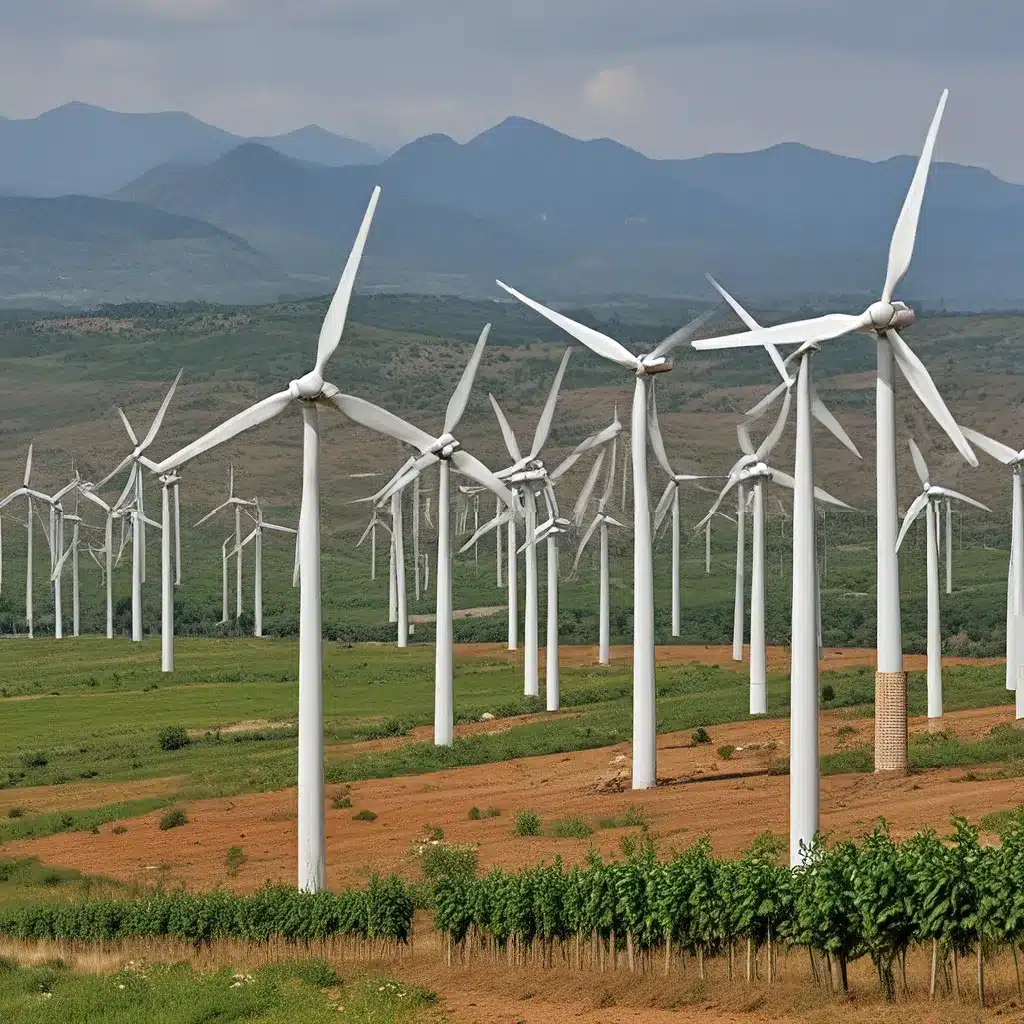
Understanding the Renewable Energy Financing Landscape
As an enthusiast for renewable energy solutions, I’ve been closely following the evolving landscape of policy incentives that are shaping the financing of these vital projects. It’s a fascinating and dynamic space, with a range of federal, state, and local initiatives designed to catalyze investment and drive the transition to a sustainable energy future.
One of the key things I’ve learned is that policy incentives can have a significant impact on the overall economics and viability of renewable energy projects, both on the distributed and utility-scale fronts. These incentives come in various forms, from tax credits and grants to loan guarantees and accelerated depreciation schedules. Navigating this complex web of incentives is crucial for developers, investors, and end-users alike.
The National Renewable Energy Laboratory (NREL) has done some excellent research on this topic, highlighting the importance of policy incentives in shaping the renewable energy market. Their analysis underscores how these incentives can level the playing field and help renewable technologies compete with more traditional, fossil-fuel-based energy sources.
Unpacking the Federal Incentive Landscape
At the federal level, there are a number of key incentives that have been instrumental in supporting the growth of the renewable energy sector. Perhaps the most well-known is the Production Tax Credit (PTC), which provides a tax credit for the production of electricity from eligible renewable energy sources, including wind, geothermal, and biomass.
The Investment Tax Credit (ITC), on the other hand, offers a credit for the initial investment in a renewable energy project, providing a crucial boost to project economics, especially in the early stages. The recent passage of the Inflation Reduction Act (IRA) has extended and enhanced both the PTC and ITC, further strengthening the financial case for renewable energy investments.
Another important federal incentive is the Modified Accelerated Cost-Recovery System (MACRS), which allows wind project owners to depreciate most project capital costs on a 5-year schedule. This can provide a significant cash flow advantage, especially in the early years of a project’s lifespan.
The American Recovery and Reinvestment Act (ARRA) of 2009 also played a vital role, creating the Section 1603 Treasury grant program that enabled renewable energy projects to receive a cash grant of up to 30% of their capital costs in lieu of the PTC or ITC. This was particularly impactful during the financial crisis, as it helped to reduce barriers for newer and less-experienced wind developers who may have otherwise struggled to access the limited supply of tax equity.
State and Local Incentives: A Patchwork of Opportunities
While the federal incentives provide a solid foundation, the renewable energy landscape is further enriched by a patchwork of state and local incentives. These can range from renewable portfolio standards and net metering policies to property tax exemptions and direct financial incentives.
Firewinder, for example, has helped countless clients navigate the complex web of state and local incentives, identifying the most relevant opportunities and maximizing the financial viability of their renewable energy projects.
One particularly interesting example is the Rural Energy for America Program (REAP), administered by the US Department of Agriculture. This program provides loan guarantees and grants to farmers, ranchers, and rural small businesses for renewable energy development, opening up new avenues for investment and innovation in the renewable energy space.
The Evolving Policy Landscape: Challenges and Opportunities
Of course, the policy incentive landscape is not without its challenges. The cyclical nature of tax credits and the unpredictability of political cycles can create uncertainty for project developers and investors, making long-term planning and investment decisions more difficult.
Additionally, there is an ongoing debate around the equitable distribution of these incentives, with some critics arguing that they disproportionately benefit larger, established players in the renewable energy industry. This has led to calls for more targeted support for community-based projects and underserved communities.
Despite these challenges, the overall trend is clear: policy incentives are playing a vital role in driving the growth of renewable energy. As the urgency of addressing climate change becomes more pressing, I’m confident that we’ll see continued innovation and evolution in this space, with policymakers at all levels working to create a more supportive and enabling environment for renewable energy projects.
Staying Informed and Engaged
For those of us interested in the future of renewable energy, it’s crucial to stay informed about the latest policy developments and incentive opportunities. Resources like the Database of State Incentives for Renewables and Efficiency (DSIRE) can be invaluable in tracking the ever-changing landscape.
Moreover, I encourage everyone to get involved and advocate for policies that support the transition to a sustainable energy future. Whether it’s attending local town hall meetings, participating in public comment periods, or engaging with elected officials, our collective voice can make a real difference in shaping the policies that will define the renewable energy landscape for years to come.
As we navigate this exciting and dynamic space, I’m more optimistic than ever about the potential of renewable energy to transform our communities, our economies, and our planet. With the right policy incentives in place, I believe we can unlock the full potential of these innovative solutions and pave the way for a brighter, more sustainable future.

